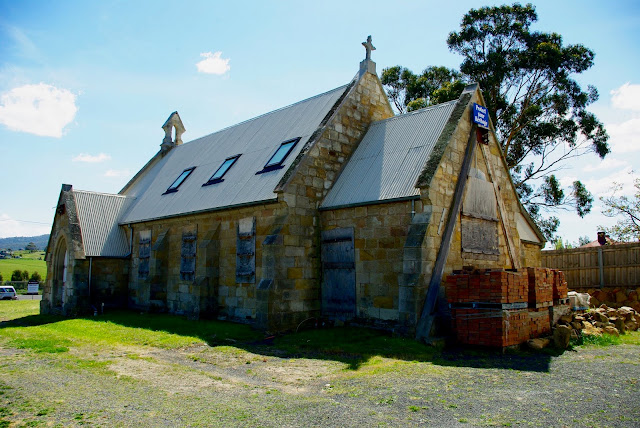No. 273 - 'Christ Church' at Exton

The village of Exton lies between the towns of Deloraine and Westbury on the old Bass Highway. It was first known as Marsh Paddocks, a name that shared by the Marsh Paddock Inn that was build in 1850 to serve the coach industry. A Wesleyan Methodist church was established at Exton in 1855. Nearly 50 years later the Anglicans followed suite with the establishment of a small church on the corner of Station Lane. The church no longer exists having closed in 1986 and demolished around 1990. There is little published news about the church although a report from the Daily Telegraph in December 1901 describes the opening service: “A new Church of England has recently been built at Exton, and Wednesday last was the opening dedication, which attracted a very large gathering of people from many miles around. The Archdeacon of Launceston came from Hobart to preside, and, assisted by the vicar of Hagley and Dr. Craig, made the formal gift of the church, with the title of Christ's Church, to th...




